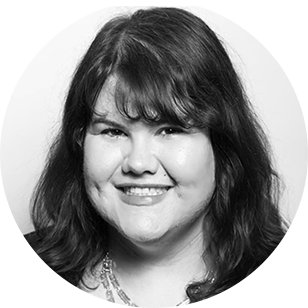States with smaller populations and not many COVID-19 cases received substantial share of relief aid
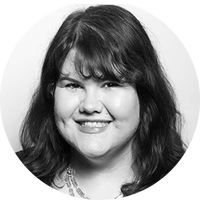
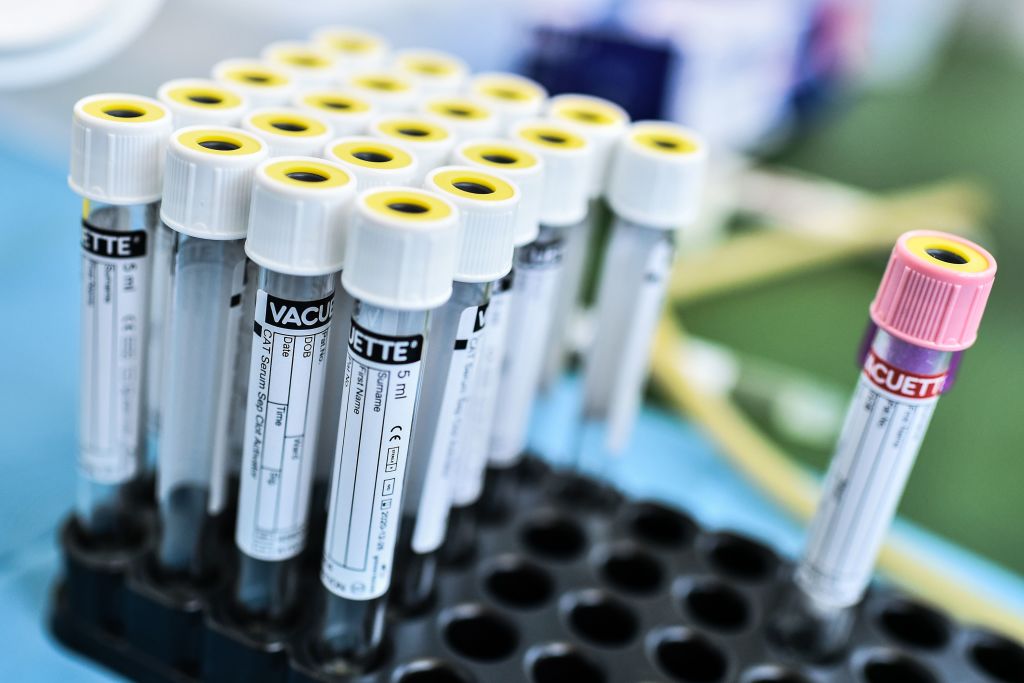
Alaska, Hawaii, Montana, and Wyoming — all states with small populations and few COVID-19 cases — received a large share of federal aid compared to coronavirus epicenters like New York and New Jersey.
The coronavirus relief bill that passed in March set aside $150 billion in funds for states to cover coronavirus-related expenses incurred from March 1 through Dec. 30. The Associated Press looked at how much money each state received when measured by the number of positive COVID-19 tests, and found that Hawaii received $2 million per positive test and Alaska was given $3.4 million per test. New York and New Jersey are the two hardest-hit states, but New York only received about $24,000 per positive test and New Jersey roughly $27,000 per positive test.
In order to get lawmakers to agree to the bill, it was written that each state had to receive at minimum $1.25 billion in aid, no matter its population or number of COVID-19 cases. That's how much money Wyoming was given, despite having less than 600 COVID-19 tests come back positive. This is 80 percent of its annual general state budget, and Gov. Mark Gordon (R) told AP he knows there will be "unduly high scrutiny on how Wyoming uses those funds." He would like some of the money to go to businesses that have had to close down during the pandemic.
The Week
Escape your echo chamber. Get the facts behind the news, plus analysis from multiple perspectives.

Sign up for The Week's Free Newsletters
From our morning news briefing to a weekly Good News Newsletter, get the best of The Week delivered directly to your inbox.
From our morning news briefing to a weekly Good News Newsletter, get the best of The Week delivered directly to your inbox.
Sen. Bill Cassidy (R-La.) and Sen. Robert Menendez (D-N.J.) are proposing that state and local governments receive $500 billion more for coronavirus relief efforts, with the money allocated based on population, number of coronavirus cases, and the health of government budgets. Read more at The Associated Press.
A free daily email with the biggest news stories of the day – and the best features from TheWeek.com
Catherine Garcia has worked as a senior writer at The Week since 2014. Her writing and reporting have appeared in Entertainment Weekly, The New York Times, Wirecutter, NBC News and "The Book of Jezebel," among others. She's a graduate of the University of Redlands and the Columbia University Graduate School of Journalism.
-
 Political cartoons for January 17
Political cartoons for January 17Cartoons Saturday’s political cartoons include hard hats, compliance, and more
-
 Ultimate pasta alla Norma
Ultimate pasta alla NormaThe Week Recommends White miso and eggplant enrich the flavour of this classic pasta dish
-
 Death in Minneapolis: a shooting dividing the US
Death in Minneapolis: a shooting dividing the USIn the Spotlight Federal response to Renee Good’s shooting suggest priority is ‘vilifying Trump’s perceived enemies rather than informing the public’
-
 Trump HHS slashes advised child vaccinations
Trump HHS slashes advised child vaccinationsSpeed Read In a widely condemned move, the CDC will now recommend that children get vaccinated against 11 communicable diseases, not 17
-
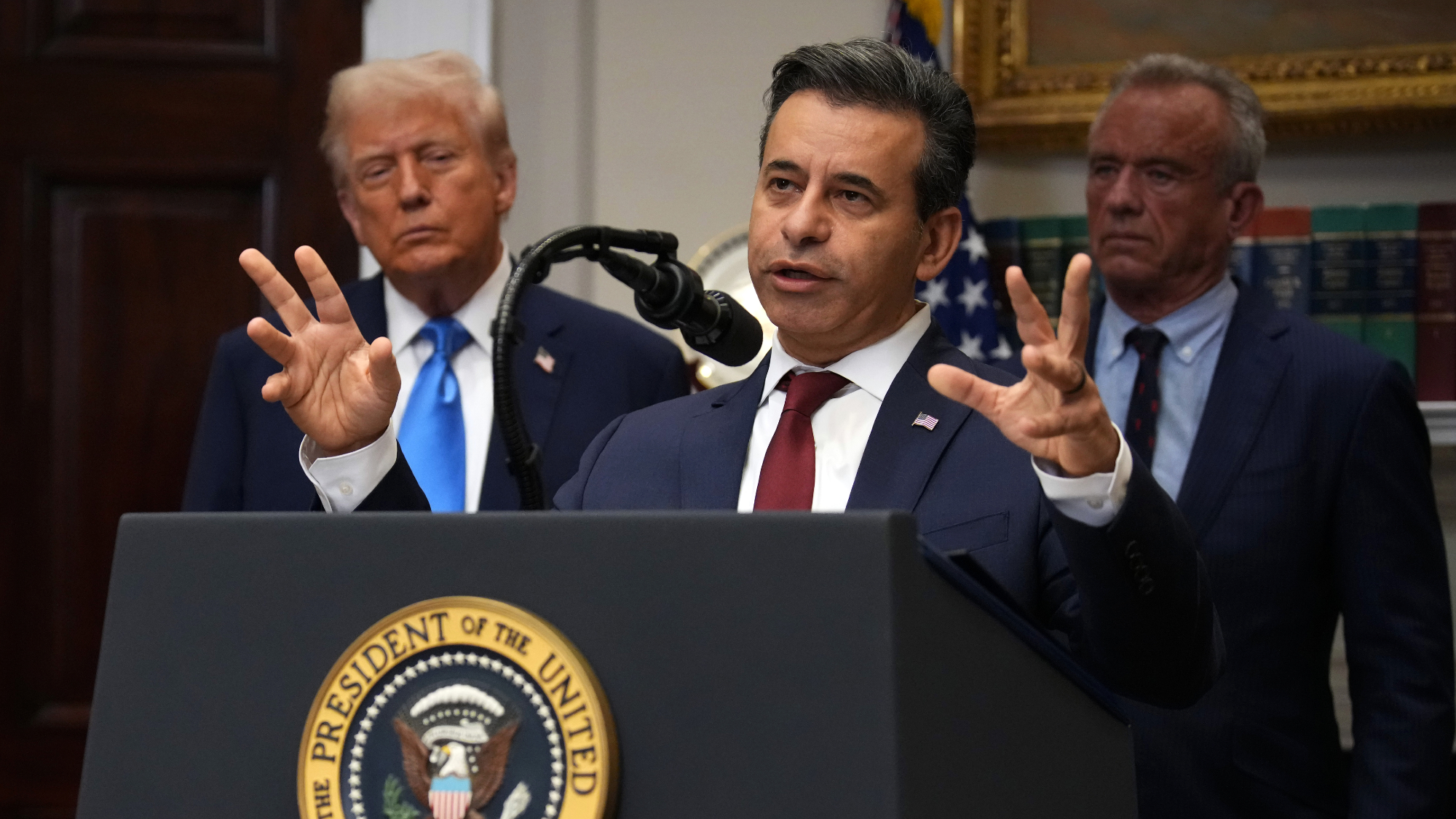 FDA OKs generic abortion pill, riling the right
FDA OKs generic abortion pill, riling the rightSpeed Read The drug in question is a generic version of mifepristone, used to carry out two-thirds of US abortions
-
 RFK Jr. vaccine panel advises restricting MMRV shot
RFK Jr. vaccine panel advises restricting MMRV shotSpeed Read The committee voted to restrict access to a childhood vaccine against chickenpox
-
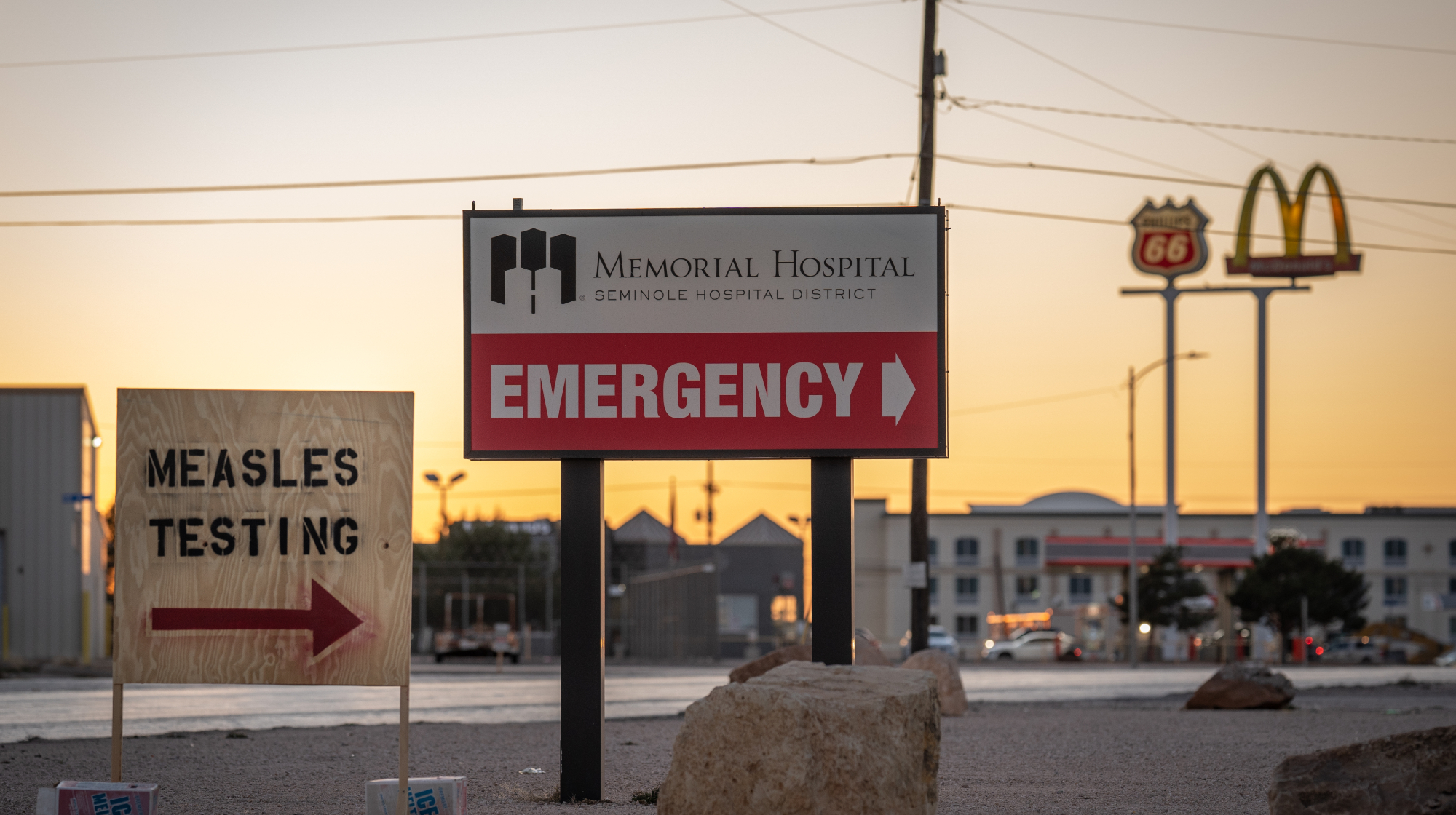 Texas declares end to measles outbreak
Texas declares end to measles outbreakSpeed Read The vaccine-preventable disease is still spreading in neighboring states, Mexico and Canada
-
 RFK Jr. shuts down mRNA vaccine funding at agency
RFK Jr. shuts down mRNA vaccine funding at agencySpeed Read The decision canceled or modified 22 projects, primarily for work on vaccines and therapeutics for respiratory viruses
-
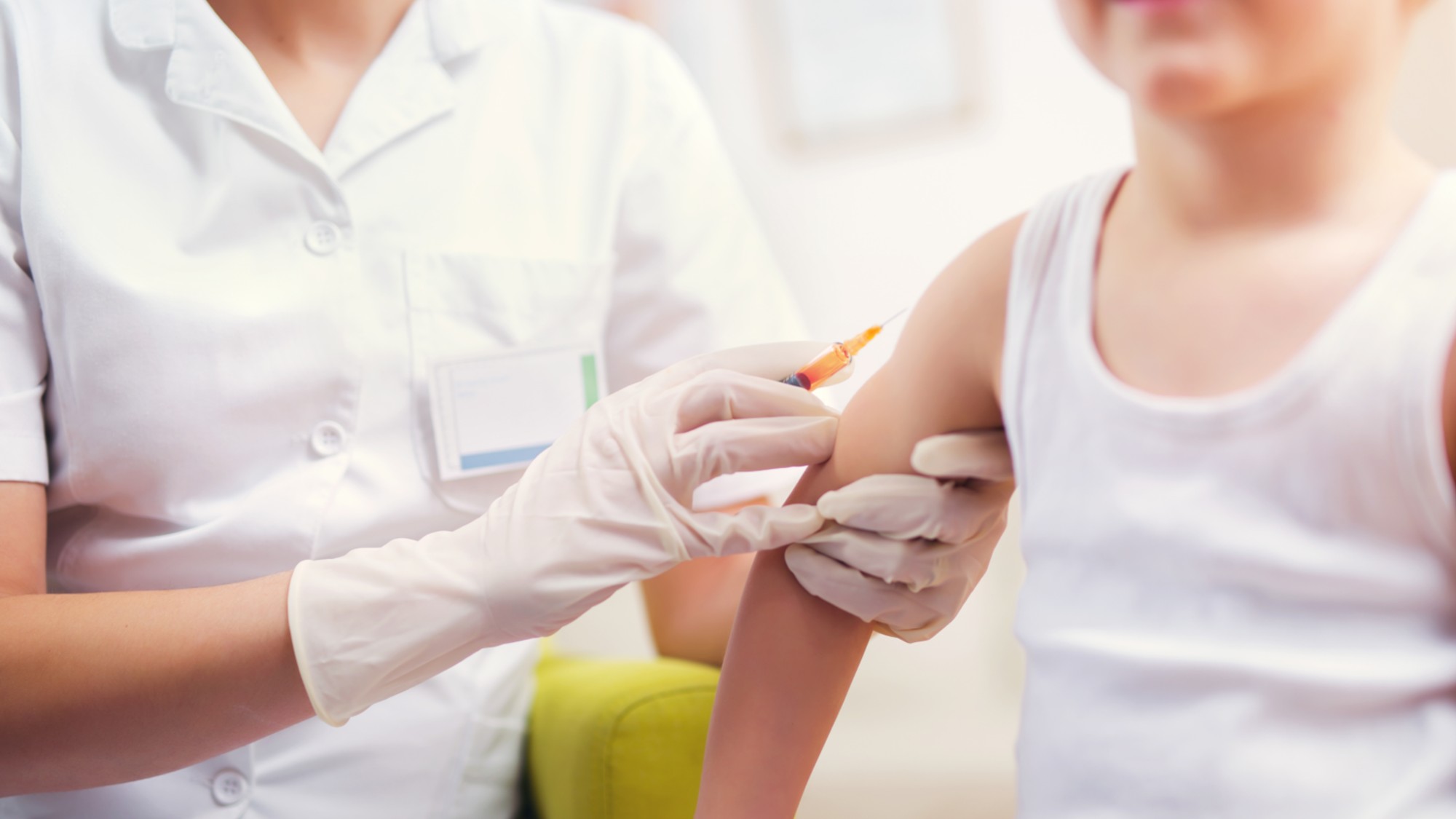 Measles cases surge to 33-year high
Measles cases surge to 33-year highSpeed Read The infection was declared eliminated from the US in 2000 but has seen a resurgence amid vaccine hesitancy
-
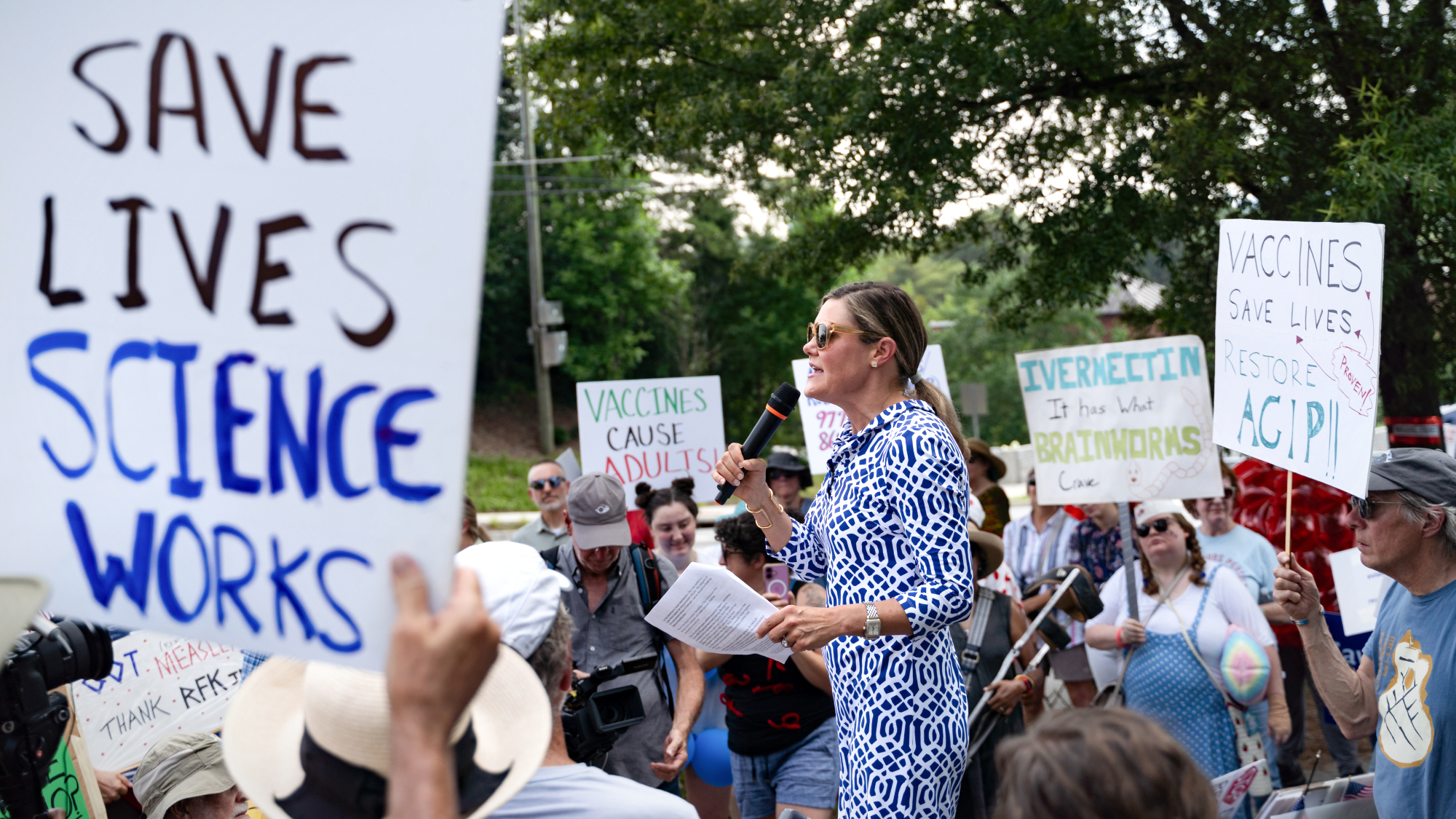 Kennedy's vaccine panel signals skepticism, change
Kennedy's vaccine panel signals skepticism, changeSpeed Read RFK Jr.'s new vaccine advisory board intends to make changes to the decades-old US immunization system
-
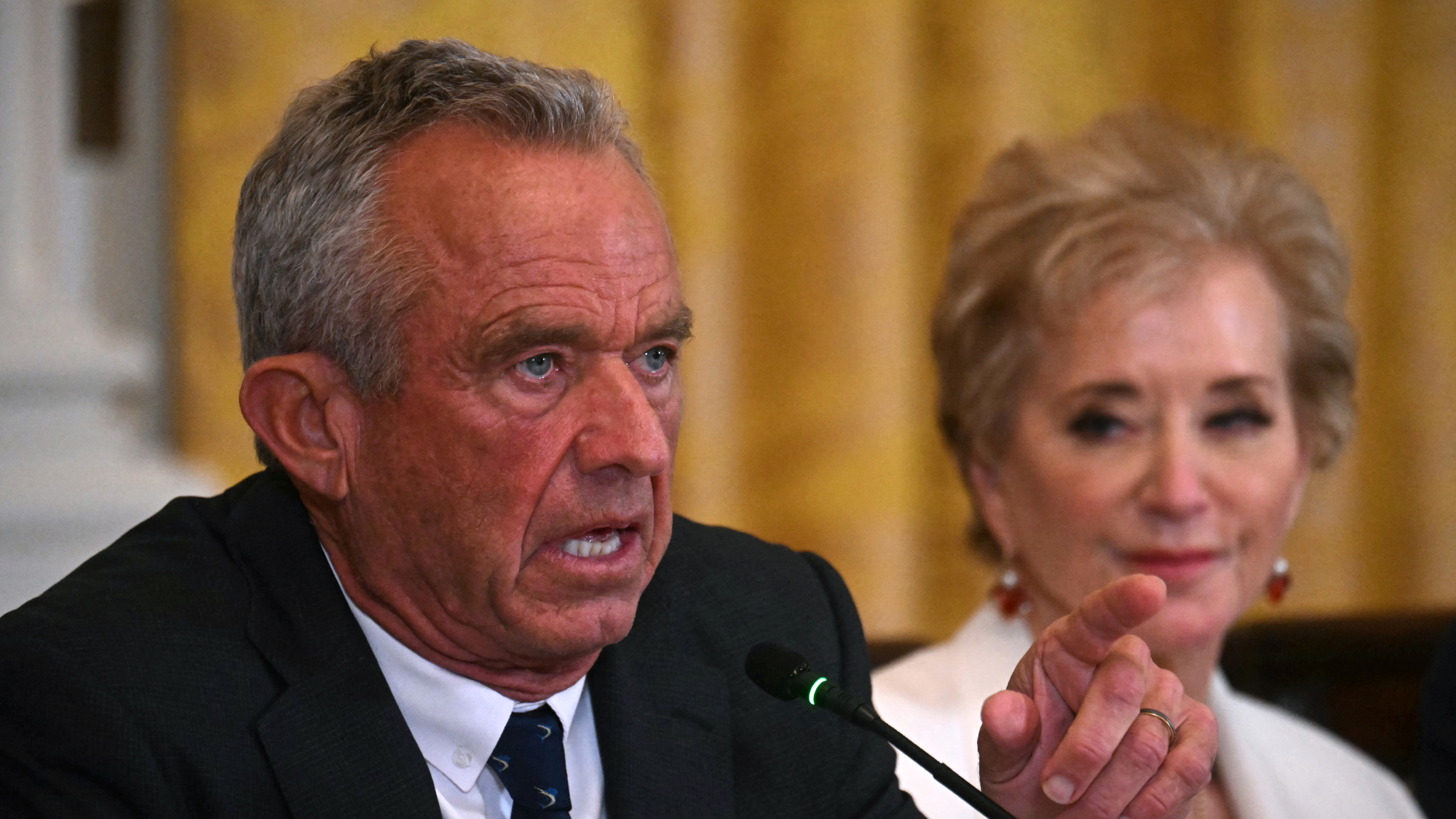 Kennedy ousts entire CDC vaccine advisory panel
Kennedy ousts entire CDC vaccine advisory panelspeed read Health Secretary RFK Jr. is a longtime anti-vaccine activist who has criticized the panel of experts
